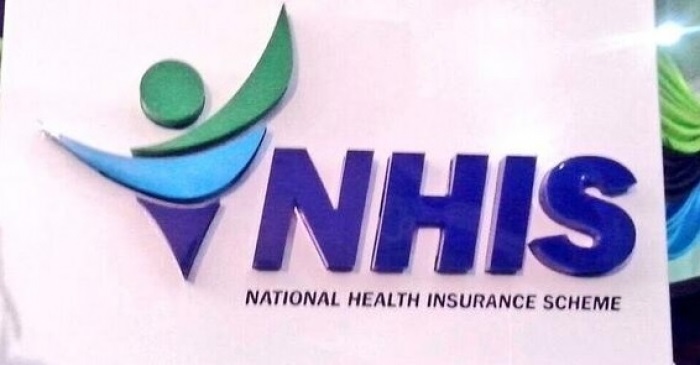National Health Insurance Authority (NHIA) says the Scheme will always be in arrears to its service providers per its payment arrangement, it would be difficult to determine an accurate arrears position at any point in time.
According to NHIA, the service providers have 60 days to submit claims whilst the NHIA has 90 days to vet, process and pay those claims.
Kwabena Mintah Akandoh, the Ranking Member on the Parliamentary Select Committee on Health, in respect of the National Health Insurance Fund (NHIF) and the sustainability of the National Health Insurance Scheme (NHIS) stated although the scheme has struggled since its inception to meet claims of active members from service providers, recent misapplication of funds collected as levies and SSNIT contributions for other government projects in addition to increases in “non-core activities of the fund” has placed the fund into “medical comatose”.
As at the end of March 2022, Mr Akandoh disclosed that service providers were owed over GHS2.5bn due to non-payment of claims filed as far back as July 2021.
“Ghanaians are losing hope in the NHIS contrary to what the Akufo-Addo government wants us to believe. The average use of the scheme or average encounter per member per year has reduced from 2.87 a year in 2016 to 2.75 times a year in 2021 due to several factors including the fact that most private service providers are not prepared to offer services to cardholders. NHIS cards are now reduced to being used for primary or basic services at most health facilities. This is clearly expressed in the average claim per member reducing from GHS97.70 in 2016 to GHS69.02 in 2021. Cardholders have no faith that they will receive good service should they use their cards for secondary or tertiary health services.”
However, in a press release issued by the Scheme and signed by Richard Barima Sarpong, Communications Manager, Corporate Affairs Directorate at NHIA, copied DGN Online, explained that based on the payment arrangements as stated, it would be difficult to determine an accurate arrears position at any point in time, as the amount involved would depend on when claims were submitted to the NHIA.
“For example, between 25 to 30 percent of healthcare providers have submitted their October to December 2021 (last quarter) claims as of March 2022. It will be quite erroneous to state emphatically that the NHIA owes GHC2.5 billion to providers for claims submitted up to March 2022”, he noted.
Mr Barima Sarpong added that the Ministry of Finance within the year 2021 released a total amount of GHC1.393 billion, being National Health Insurance Levies (NHIL) revenue, from the Consolidated Fund to the National Health Insurance Fund (NHIF) based on the Allocation Formula approved by the Parliament of Ghana on April 5, 2021.
Out of that amount, GHC1.266 billion was treated as payment for liabilities of the government to the NHIA, leaving an amount of GH127 million, which in the standard accounting reporting framework was attributed to the 2021 financial year.
He mentioned also that the NHIA’s investment cover for claims has been declining since 2009. The Authority’s investment fund had a closing balance of GHC104.32 million in 2014, but it declined to GHC77 million at the end of 2016 with disinvestments of GHC39.82 million in that same year.
“Investment cover as of the end of December 2021, stood at GHC100.72 million. It is instructive to note that there have been no disinvestments since 2017,” the statement said.
By Vincent Kubi


